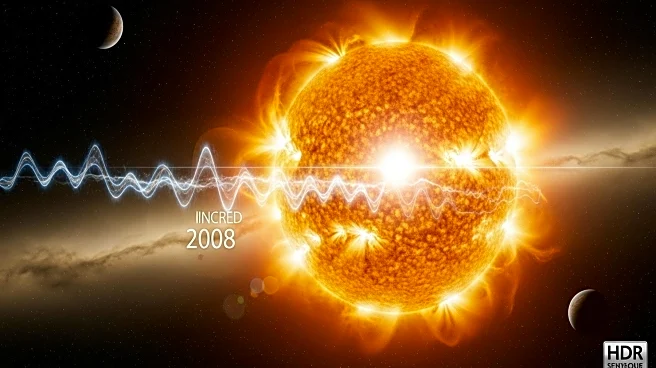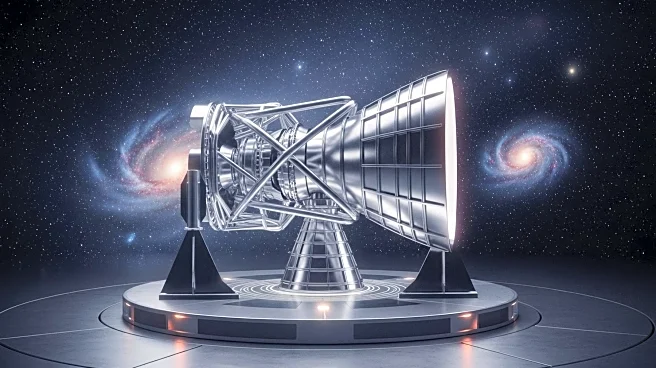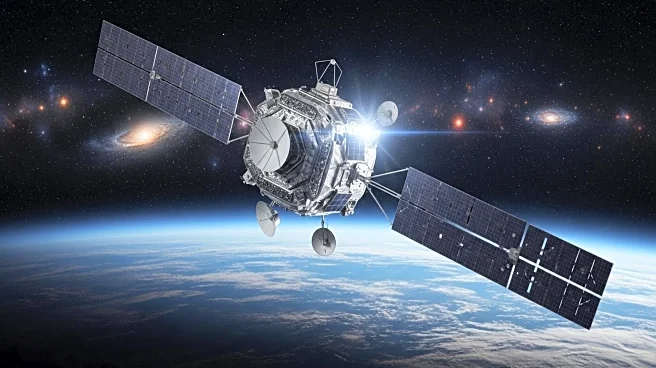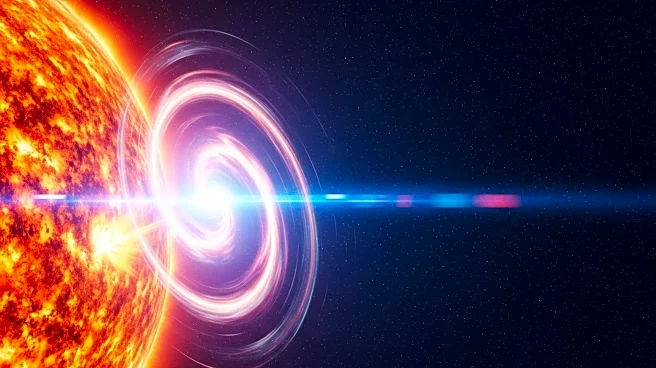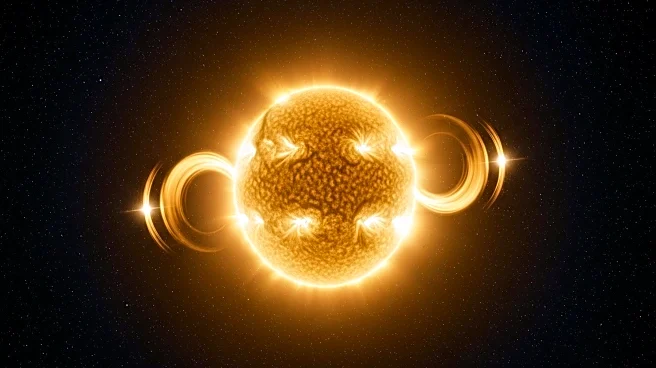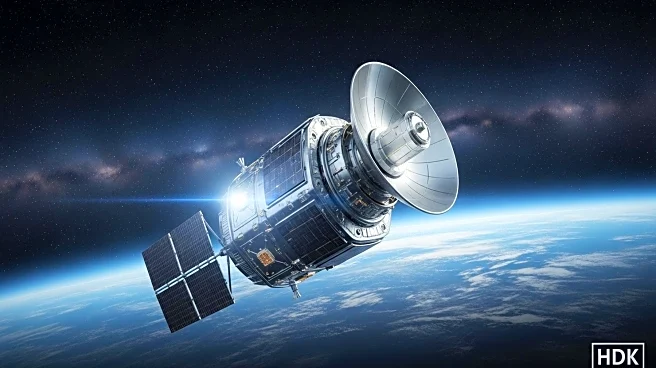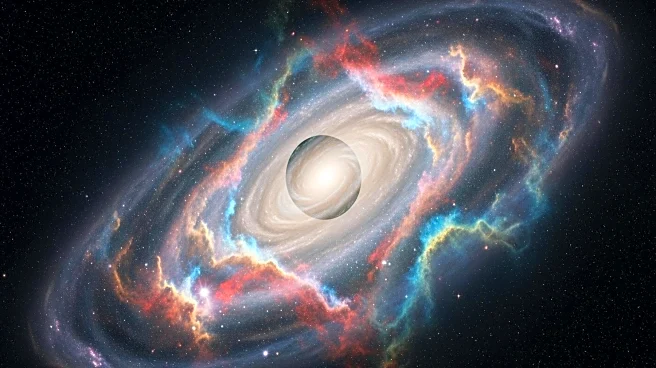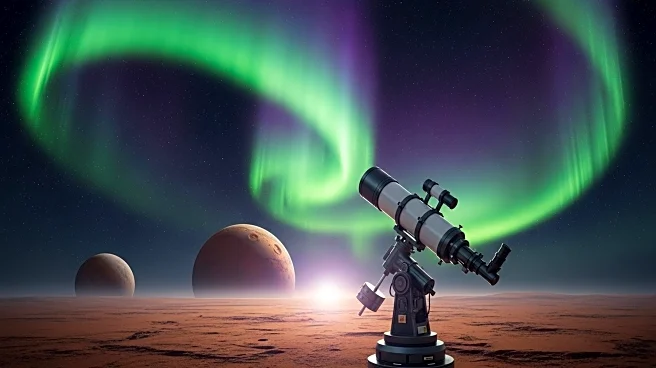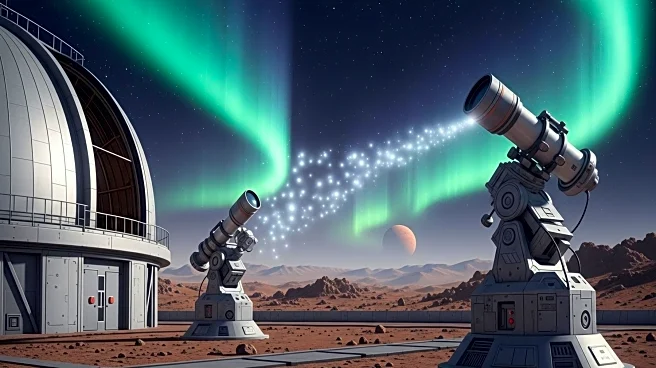What is the story about?
What's Happening?
A new NASA study has found that the Sun's activity has been increasing since 2008, reversing a trend of declining solar activity observed since the 1980s. This increase in solar activity could lead to more frequent space weather events, such as solar storms and flares. The study, published in The Astrophysical Journal Letters, highlights the importance of monitoring solar activity due to its potential impact on spacecraft, astronauts, and Earth's power grids.
Why It's Important?
Understanding solar activity is crucial for predicting space weather events that can affect technology and infrastructure on Earth. The increase in solar activity could pose challenges for satellite operations, GPS systems, and power grids. Additionally, it has implications for the safety of astronauts, particularly those involved in NASA's Artemis missions. By studying these trends, scientists can better prepare for and mitigate the effects of space weather on both space missions and terrestrial systems.
What's Next?
NASA's upcoming missions, including the Interstellar Mapping and Acceleration Probe (IMAP) and the Carruthers Geocorona Observatory, will provide new data on space weather. These missions aim to enhance our understanding of the Sun's influence on the solar system and improve predictions of space weather events. Continued research and observation will be essential in adapting to the changing solar environment and ensuring the safety and success of future space missions.
AI Generated Content
Do you find this article useful?
